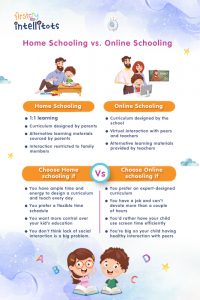Unconventional Wisdom Odd Tips for Innovative Teaching
Embracing Unconventional Wisdom:
In the world of education, sometimes the most effective teaching methods are the ones that break the mold. Let’s dive into some odd tips for innovative teaching that might just transform your classroom into a hub of creativity and engagement.
1. Dare to Be Different:
Forget the traditional lesson plans and textbooks—try something completely out of the box. Bring in unconventional props, like costumes or puppets, to make the learning experience memorable and fun. You’ll be surprised at how much more engaged students become when they’re not expecting the ordinary.
2. Turn Mistakes into Lessons:
Embrace the power of mistakes as valuable learning opportunities. Instead of brushing off errors, celebrate them! Create a “Wall of Mistakes” where students can proudly display what they’ve learned from their blunders. This not only promotes a growth mindset but also encourages a supportive classroom culture.
3. Mix it Up with Randomness:
Inject an element of surprise into your lessons by introducing random prompts or activities. Use a dice to determine the order of presentations, or pick topics out of a hat for impromptu debates. This keeps students on their toes and encourages quick thinking and adaptability.
4. Break the Routine:
Routine can sometimes lead to boredom, so shake things up! Have a “Reverse Day” where students teach the class, or hold a “Silent Lesson” where communication is through gestures and expressions only. These breaks from the norm not only add excitement but also foster creativity and collaboration.
5. Learn from Nature:
Take your classroom outdoors for a lesson in nature’s classroom. Whether it’s studying biology in the local park or conducting physics experiments with everyday objects found outside, nature provides endless opportunities for hands-on learning and exploration.
6. Incorporate Art and Creativity:
Art is not just for art class—it can be a powerful tool for learning across all subjects. Encourage students to create visual representations of concepts, such as timelines, diagrams, or storyboards. This taps into different learning styles and enhances understanding through creativity.
7. Gamify Your Lessons:
Turn learning into a game with educational challenges and quests. Create a “Quest Board” where students can choose tasks of varying difficulty levels to earn points or rewards. This gamification not only adds an element of fun but also motivates students to actively participate and excel.
8. Invite Guest Speakers:
Bring in experts or community members to share their knowledge and experiences with your students. Whether it’s a local artist discussing their creative process or a scientist showcasing cutting-edge research, guest speakers offer fresh perspectives and real-world connections to classroom learning.
9. Foster Peer Learning:
Encourage students to become teachers themselves by implementing peer-to-peer teaching sessions. Assign topics for students to research and present to their classmates, promoting collaboration, communication skills, and deeper understanding of the subject matter.
10. Create a Classroom Museum:
Transform your classroom into a living museum where students can showcase their projects, artwork, and research. This not only celebrates their achievements but also encourages pride in their work and





64be9b29b5881.jpg)




